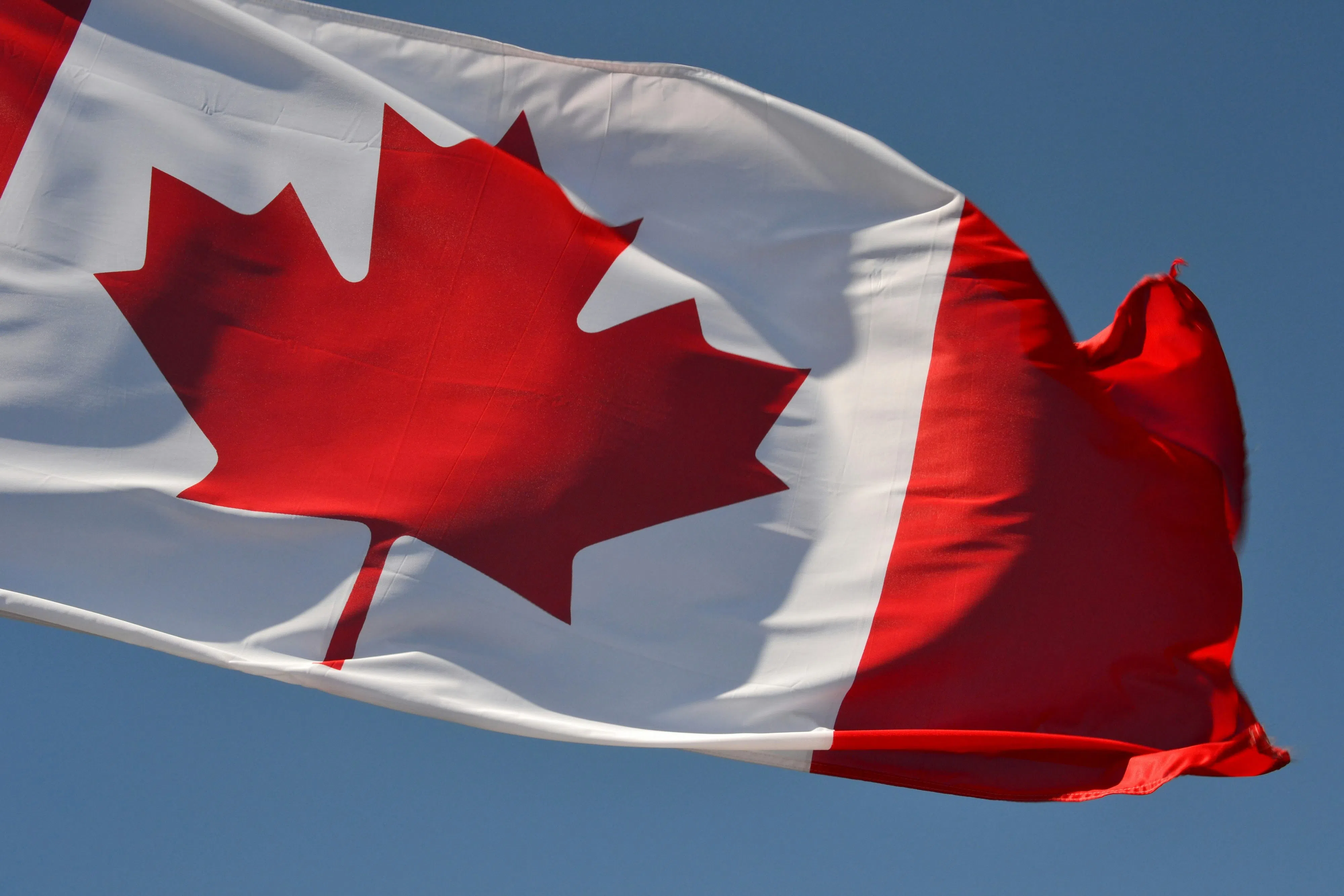Canada’s population barely grew in the first three months of 2025, increasing by just over 20,000 people. That’s one of the slowest growth rates Canada has seen in decades, and the smallest quarterly increase since the start of the COVID-19 pandemic in 2020.
As of April 1, Canada’s population stood at just over 41.5 million. According to Statistics Canada, this slow growth follows a series of federal decisions in 2024 to reduce the number of people coming into the country through both temporary and permanent immigration programs.
Most of the population growth in early 2025 came from international migration. Without it, Canada’s numbers would have declined — more people died than were born during the quarter. That trend has been consistent in recent years, especially in winter, as the population ages and fewer babies are being born.
One of the biggest changes this year has been a drop in the number of non-permanent residents, such as international students and temporary workers. Canada saw more than 61,000 fewer non-permanent residents in the first quarter, the biggest decline since borders were shut during the pandemic. Most of that drop came from people holding only a study permit, especially in Ontario and British Columbia.
Meanwhile, permanent immigration also slowed. Just over 104,000 new permanent residents arrived in the first quarter — still high historically, but lower than in recent years.
Five areas of the country saw slight population declines: Ontario, Quebec, British Columbia, Newfoundland and Labrador, and Yukon. While the losses were small, Ontario and B.C. recorded their largest quarterly drops since national records began in the 1950s.
In contrast, Alberta led the country in growth, adding more than 20,000 people. Prince Edward Island and the territories also saw increases. The Northwest Territories and Nunavut were the only places where the number of non-permanent residents went up.
Non-permanent residents now make up about 7.1 percent of Canada’s population — slightly lower than the record high set last fall.










